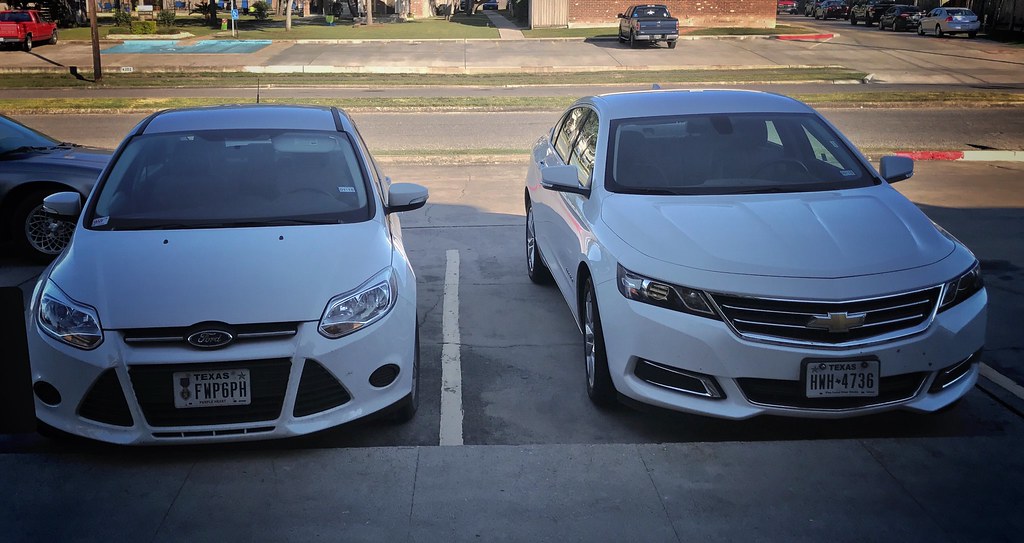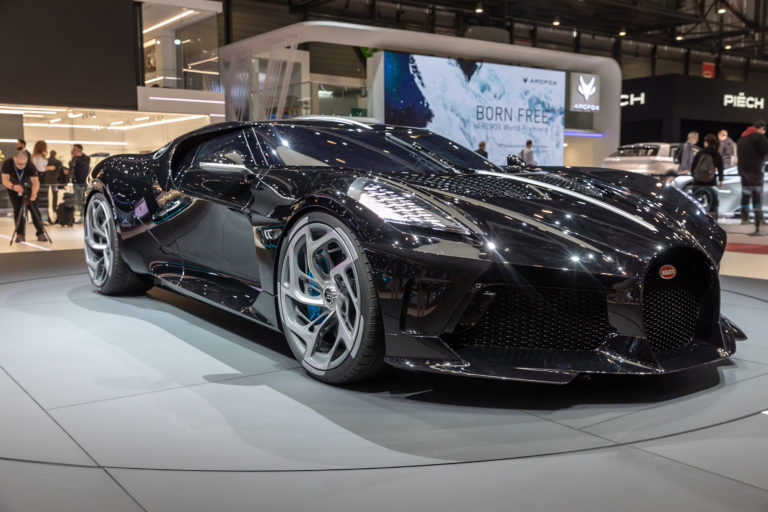There’s a unique thrill that comes with buying your first motorcycle. It’s a blend of freedom, adventure, and a touch of rebellion, all rolled into one shiny package on two wheels. For many, it’s not just about transportation; it’s about a lifestyle change, a new hobby, or even a passion. As a new rider, the road to your first motorcycle purchase can be as winding as a mountain pass, but with the right guidance, you’ll be geared up and ready to hit the open road in no time.

Understand the allure of motorcycling.
It’s a pastime that has seen a surge in popularity, with more and more individuals, both women and men, strapping on helmets and cruising down highways.The rising cost of gas has also made the motorcycle an attractive option for commuters looking for a more economical and enjoyable way to travel.

When you’re starting out, it’s easy to get swamped with advice from all corners – friends who ride, your training school instructor, your partner, and the dealership staff. While well-intentioned, this barrage of tips often comes with a heavy dose of personal bias. What works for one rider may not suit another, so it’s crucial to filter through the noise and focus on what’s right for you.
Ask yourself some key questions.
What type of riding do you envision yourself doing? Are you looking for the thrill of speed and agility, or are you more interested in comfort and stability for long-distance trips? Your answers will help determine whether you’re better suited for a cruiser, sportbike, touring bike, adventure bike, or perhaps an off-road dirt bike. Each type of motorcycle is designed with specific riding goals and styles in mind, so it’s important to match your aspirations with the right kind of bike.
Budget is another major consideration.
Motorcycles can vary widely in price, from a few thousand dollars for a basic model to tens of thousands for a high-end machine with all the bells and whistles. Remember to factor in the ongoing costs of insurance, registration, fuel, maintenance, and repairs. A bike that fits your budget and has manageable operating costs is a smarter choice in the long run. Don’t overlook the used bike market either – you can find some excellent deals on motorcycles that are in great condition with low mileage.
The motorcycle’s power is important in rugged areas like mountains.
The engine’s cubic centimeters (cc) and the bike’s torque and horsepower will determine its ability to handle such environments. But be wary of getting too caught up in engine size. A larger cc engine may offer more power, but it also means a heavier bike, which can impact the power-to-weight ratio and ultimately, the bike’s performance. For instance, a 1500cc Harley-Davidson might boast a final brake horsepower of just 69hp, while a lighter 600cc sportbike could offer a whopping 140hp or more.
Once you’ve got a handle on the type of motorcycle you want, it’s time to visit dealerships. Sit on a variety of bikes to get a feel for them. Pay attention to how comfortable you are with the riding position, the distance of your arms to the handlebars, and whether you can maneuver the bike with your feet touching the ground. These factors are critical for control, weight management, and building your confidence as a rider.
Let’s talk about the gear.
No matter how casual or intense your riding plans are, safety gear is non-negotiable. A helmet is the most critical piece of safety equipment, as it protects your head in the event of a crash. Make sure it fits snugly, is comfortable, and meets safety standards. Gloves are next on the list, offering protection for your hands from abrasions and the elements. A sturdy jacket and pants made from leather or reinforced materials will guard your skin against road rash. And don’t forget the boots! They should protect your ankles and provide a good grip on the pavement and your bike’s pegs.
Onto the technical aspects.
Familiarize yourself with your motorcycle’s controls and features. Spend time getting to know how the clutch feels, where the brakes are, and how the throttle responds. Check your mirrors for visibility and adjust them if necessary. It’s also a good idea to understand basic maintenance tasks such as checking oil levels, tire pressure, and brake pads. This knowledge can be a lifesaver on long trips and helps ensure your motorcycle is always in top riding condition.
The journey to motorcycle mastery is as exhilarating as it is demanding. It requires preparation, practice, and a respect for the machine and the road. With the right mindset and preparation, you’ll not only enjoy the freedom that comes with riding but also ensure a safe and memorable experience. Remember, the road is yours to explore, and every ride is a chapter in your own epic motorcycle story.
Related posts:
Expert guide to buying your first big motorbike used (motorcyclenews.com)
Motorcycle Buying Tips – Guide To Buying Your First Motorcycle
What kind of motorcycle should I get? A guide to the best motorcycle types – The Manual





